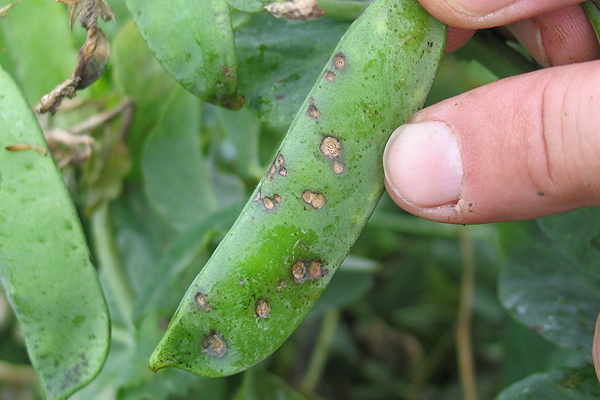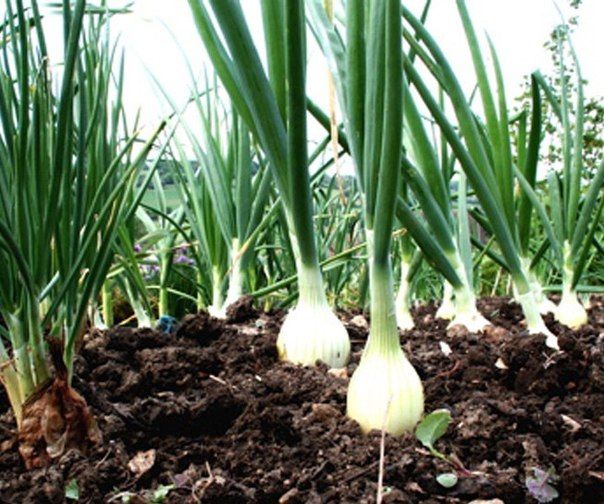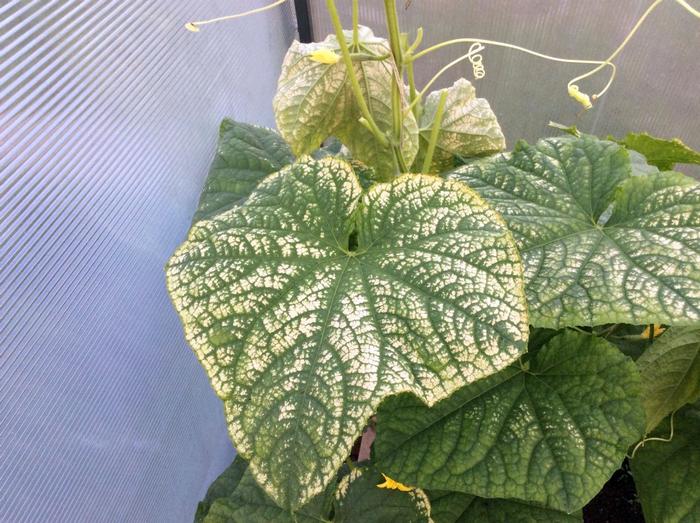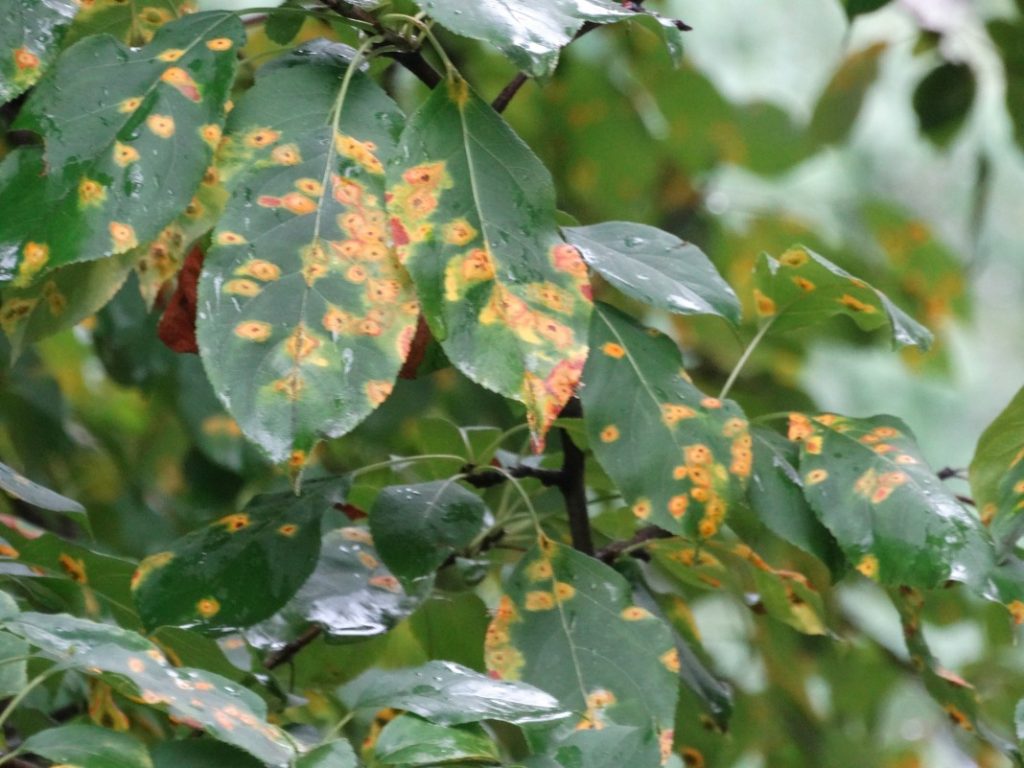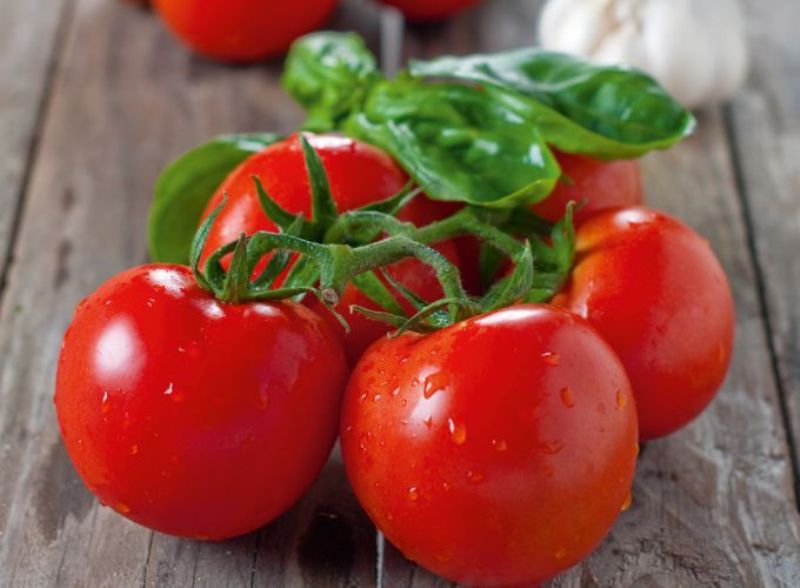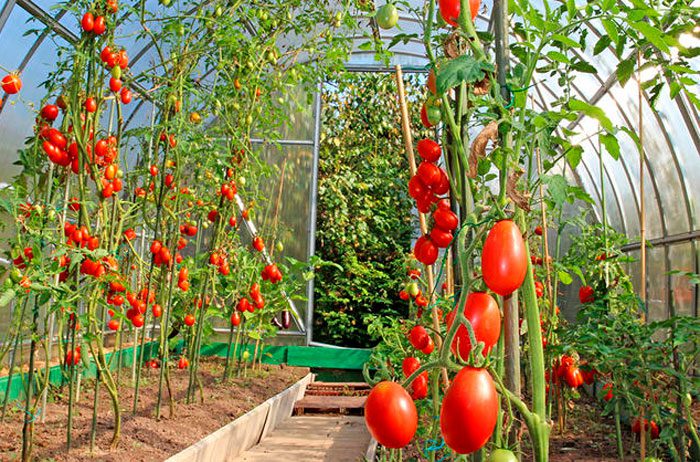Content:
Peas are an annual self-pollinating plant that even a novice gardener can grow. This is due to the lack of special growing requirements, the culture is very unpretentious. But the plant can weaken as a result of non-compliance with agrotechnical requirements, changes in temperature and imbalance of nutrients. The dangerous consequences of these phenomena are pest attacks or the development of diseases. In the materials of the article, you can read about diseases, pests of peas and measures to combat them.
There are many reasons for poor plant development or lack of fruiting, but it is worth highlighting the main ones:
- Viral diseases;
- Fungal and bacterial pathologies;
- Insect pests.
Pea diseases
Pea diseases are very diverse.
- Ascochitosis pea is a fungal pathology, the main symptom of which is the formation of brown spots with a border on the entire plant. The spores of the fungus are concentrated in the center of each spot. When the spores mature, they burst and infect healthy areas of the peas. The most favorable conditions for activating infection are wounds on the protective cover of the plant, wet weather conditions. When infected, the peas die, and the formed fruits are unsuitable for consumption. There are no plants resistant to this pathology. Over the next 5 years, the mycelium will be stored in the seeds.
- Bacteriosis peas are accompanied by wilting of leaves, loss of turgor and the formation of numerous spots of brown color. Darkening of veins and vessels can be found on the cut. Preventive measures consist in abundant watering under the bush, avoiding moisture getting on the pea bush itself. Breeders have bred varieties that are resistant to this pathology.
- Downy mildew - a terrible disease for peas, which inevitably leads to the death of the plant. Many crops are affected by the disease, it is activated soon after planting and throughout the growing season. With the formation of buds, light spots form on the leaf plates, and spores are visible from below. An outbreak of infection should be expected when the temperature drops and the humidity is high. When the first symptoms appear, lime treatment of green leaves helps.
- Root rot - a life-threatening disease of peas, accompanied by a cessation of the supply of nutrients by the root system to the plant, the bush becomes lifeless, and the turgor of the foliage is noticeably reduced. Inexperienced gardeners may assume that peas simply lack moisture. Abundant watering will only aggravate the situation, the focus of pathology will only increase. Affected plants are effortlessly pulled out of the ground.
There is a large list of diseases affecting peas. Measures to combat them are approximately the same. Systemic insecticides and fungicides, folk recipes were developed. The main goal of every agronomist is to get a crop without unnecessary processing of crops with toxic compounds, for this, all preventive measures must be followed.
The reason for the formation of "rust" on peas
Rust is a dangerous fungal pathology that affects all varieties of legumes. The disease is activated from the moment of euphorbia formation, manifests itself in the form of abnormal transformation of leaf plates.Small, but numerous spots of yellow color are formed on top, pads with spores of bright orange color are concentrated on the back side.
It has already been found out that the main cause of damage to summer cottage crops is fungi transmitted from milkweed weeds. If the culture is affected by the disease before flowering, it must be treated without delay with a solution of Bordeaux liquid (1%). Further, the ground near the bushes is carefully weeded and the nearest possible sources of infection are removed.
How to process peas from diseases and pests
There is no single panacea for all adversity. The most dangerous pests of peas are listed below:
- Pea moth - a butterfly that is activated during the flowering of the plant. She lays several dozen eggs on the buds. Of these, small caterpillars will soon hatch, which, in fact, will eat young green peas. Treatment of peas against pests consists in deep loosening of the soil, and early sowing of peas so that flowering begins before the caterpillars pupate. If the soil under the peas is loosened regularly, the likelihood of destroying all pupae located near the bush increases significantly. Undoubtedly, the processing of peas with powder from tobacco, ash and celandine will show positive results.
- Nodule weevil on peas does no less harm. The insect is a small bug, the size of which does not exceed 0.5 cm. It feeds, as a rule, on young shoots. He has to overwinter among the plant remains. It gnaws at the top of the plant, making it impossible for it to even emerge. And also, it lays the larvae, which then feed not only on peas, but also on the root system. You can protect the plant from this beetle with special deterrent compounds. Effective remedies - the remains of marigolds, ash and tobacco dust.
- Pea weevil Is a bruchus larva (beetle). The larva hibernates among the grain, soon pupates there, the next year a new beetle is born. Preventive measures include storing peas at sub-zero temperatures, as well as pickling it with a solution of sodium chloride on the eve of planting. There are pupae in the floating seeds, these peas must be removed. The main fight against the pest is the early sowing of the culture.
- Aphid causes colossal damage to agronomists during the dry growing season of many crops. The method of treatment will depend on the damage to the plant by insects. Aphids suck juices from the culture, weaken it, forming wounds on the surface. In most cases, sooty fungi form on sugary secretions.
How to treat peas from worms and other insects? They must be dealt with by spraying with infusions and decoctions. But it is worth remembering that where there are pests, diseases will soon appear.
The pea moth, for example, causes serious damage to plants, and folk advice in this case is as follows: once a week, you can spray peas with infusions of garlic and tops from tomatoes. It is better to harvest the tops from the previous year. One small greenhouse needs 5 liters of water and about 1 kg of dry tops. The infusion on garlic is the most common: 20 g of garlic is taken, crushed well, then poured with 5 liters of water and left to infuse for a day. On bushes treated in this way and aphids do not even sit.
Preventive actions
Peas are affected by a large number of pests and diseases. It is easier to prevent unpleasant phenomena than to cure. Basic preventive manipulations:
- You cannot plant legumes in the same place every year, the frequency should be at least 4 years.
- Treat areas with crops of colloidal sulfur, Bordeaux liquid or fungicides regularly and in a timely manner.
- For sowing, use those varieties that are intended for cultivation in a specific area.
- It is imperative to carefully and very carefully select the seed.
- Deep plowing of the soil in autumn.
As a preventive measure, it is necessary to dry grain to 13-15% moisture. Land plots must be additionally treated with fungicides, this must be done when the grains have already reached milk ripeness. Diseases that develop due to fungal spores can be cured with special copper and sulfur preparations.
Peas storage rules
Cultivating peas is not yet the main task, it is equally important to collect them correctly and prepare them for the winter. The harvest of fresh peas can be preserved using the following methods:
- freezing;
- drying.
Freezing peas for the winter
Well-formed and juicy peas should be frozen. If the beans are sugar varieties, then you can store not only peas, but also whole pods.
Freezing Algorithm:
- High-quality pods are selected, cuttings and fibers are removed, washed. Each pod can be cut in half or into three pieces.
- Legumes are poured into a colander and kept in boiling water for no more than 3 minutes.
- Next, the fruits are cooled with ice cubes or under running cold water.
- Lay out the fruits on paper napkins, dry well.
- Peas are placed in special containers or bags, tightly closed and sent to the freezer.
Periodically, the bags or containers with the contents should be shaken to prevent the formation of lumps. Frozen peas can be stored in the freezer for up to 8 months without losing their nutritional properties and taste.
Storing dry peas
For dried peas to be stored for a long time, you must:
- Place part of the crop in a clean container and seal tightly, eg plastic containers, glass jars.
- Fill small cloth bags with table salt and distribute evenly over the bottom of each container. Thanks to this simple manipulation, the peas will not become moldy or damp.
Summing up, I would like to remind you of the benefits of peas, which are actively used not only in cooking, but also in medicine and cosmetology. It can be grown without much effort, it is enough to follow the basic agrotechnical rules.

